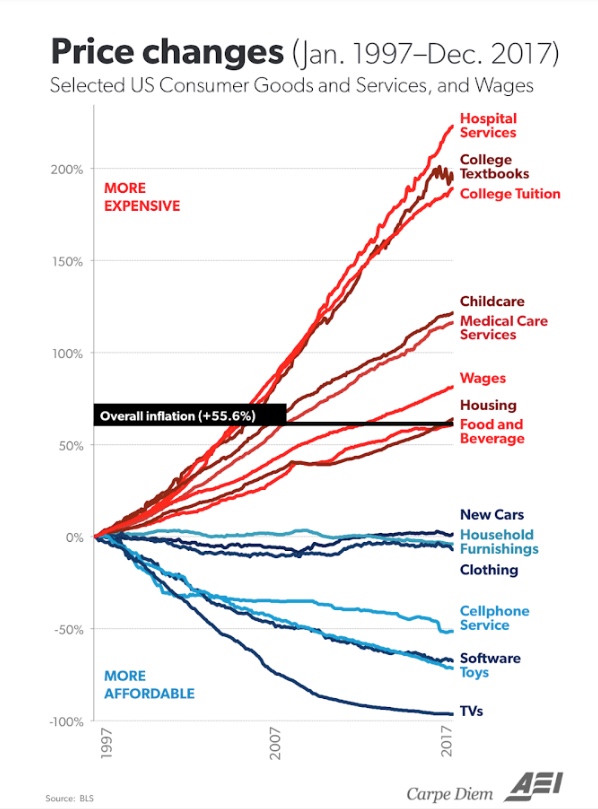D2CX
One of the big trends in startup land over the last decade is consumer brands getting built
But these channels are getting more challenging as they have been optimized and scaled by thousands of brands over the last decade and the marketers in D2C land are increasingly looking around to see if there is anywhere else they can go.
Enter our portfolio company Simulmedia, which we invested in almost ten years ago to bring the transparency and efficiency of online advertising to television.
Simulmedia has launched an offering for these D2C companies to help them add television to their marketing mix. Television is hard for small companies. The initial buys are large and it is challenging to “test, measure, test, measure, test, measure” to optimize before you scale.
So Simulmedia has brought D2CX market.
D2Cx is a marketplace featuring over 135 national TV networks, making it easy for direct-to-consumer brands to test TV advertising at low entry prices, learn what’s working, and scale.
You can start for as little as $50k and 100% of the cost of the media will go towards the purchase of media.
If you want to try out D2CX for your company/product, you can learn more here and sign up to try it out.
